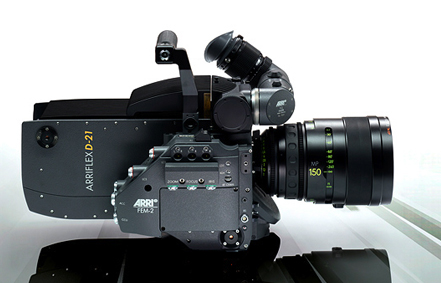
Arri D21
| ARRIFLEX D-21 | ARRIFLEX D-21 HD | |
| Optical viewfinder | Optical viewfinder | |
| 4:3 format Super 35 sensor | 4:3 format Super 35 sensor
– 4:3 sensor accommodates anamorphic lenses – output in Mscope!” |
|
| CinemaScope
– 4:3 sensor accommodates anamorphic lenses – output in ARRIRAW or Mscope!”
|
Mscope!” or HD outputs | |
| ARRIRAW, Mscope!” or HD outputs
– simultaneous output of raw and HD
|
35 format lenses, depth of field & accessories | |
| 35 format lenses, depth of field & accessories | Variable speed | |
| Variable speed | Simple operation | |
| Simple operation | ||
ARRI Imaging Technology
Each component of the D-21 and D-21 HD has been purpose-built with one goal in mind: to create the most gorgeous cinematic images possible. Those images are the result of a custom designed CMOS sensor, a carefully crafted optical low pass filter, a powerful imaging hardware engine and advanced image processing algorithms. Having full control of the imaging chain down to the smallest detail allows an optimization of the whole system far beyond what would be possible with off-the-shelf components. The smart orchestration of all these proprietary components is ARRI Imaging Technology (AIT).
AIT, which is in constant development, combines ground-breaking research and development with knowledge, feedback and suggestions gleaned from an on-going dialogue with professional filmmakers. AIT provides super sharp, alias-free images through over sampling, a finely tuned optical low pass filter and advanced image reconstruction algorithms.
AIT also ensures that crews can concentrate on the creative aspects of making images, by automating many of the technical aspects. The D-21 and D-21 HD have, for instance, an automated black balancing circuit (Correlated Double Sampling – CDS), which continuously calibrates the black level of each pixel in each frame without any user intervention. In addition, an automated Defect Pixel Correction (DPC) guarantees that no single defective pixel will ever be visible. DPC is a highly sophisticated process that analyzes every pixel plus a surrounding pixel field in every frame (for a staggering total of 2.5 billion pixels analyzed each second) in real-time as the camera is running.
Through AIT, the D-21 and D-21 HD produce outstanding images with a cinematic look and feel, high contrast, the highest dynamic range and the most film-like color reproduction of any digital motion picture camera.
The Optical Viewfinder
While most digital cameras use electronic viewfinders, the D-21 and D-21 HD are equipped with the same optical viewfinder as all other ARRI cameras. Thus the cameras’ viewfinder always shows an image area larger than the image being recorded, and it can be used even when they are not powered up.
Light entering the taking lens is diverted by a spinning mirror shutter and generates a bright, magnified full color image in the viewfinder. This direct light path, free of any electronic image processing, ensures fatigue-free viewing as well as zero delay, a crucial feature when shooting fast action, where a delay of even a few frames can be very confusing. But even something as mundane as following a person getting up from a chair can become horrifying guesswork if the viewfinder image is delayed.
The D-21 and D-21 HD optical viewfinder can be freely rotated, extended or flipped to the other camera side for comfortable viewing in any camera position. An extension viewfinder, eyepiece leveler and a heated eyepiece are useful accessories in many shooting situations.
An optical viewfinder is the preferred choice of both cinematographers and camera operators. The clear, full color image enables accurate assessment of focus and facilitates precise and comfortable operating for complex camera moves through a complete lack of any delay.
Most crucial of all is the fact that an optical viewfinder shows an image larger than that being recorded and therefore allows the operator to see not just what is in frame, but also what is just outside the frame.
This safety area permits meticulous composition and helps the operator prevent unwanted objects (such as a boom or microphone) from entering a shot.
A Film Sized Sensor & Film Lenses for a Film Look
Depth of field is the one of the most powerful creative tools available to cinematographers, and the shallow depth of field of 35 mm film cameras has become associated with cinematic imagery in the minds of movie audiences over the last 100 years. The D-21’s and D-21 HD’s sensor has the same size as a Super 35 mm film frame to give cinematographers the same versatility and control of depth of field.
Having a wide range of lenses available is of immense importance, as it gives cinematographers the greatest flexibility in expressing their vision. The 35 film format enjoys the widest variety of prime, zoom and specialty lenses available for any format, and the D-21 and D-21 HD are compatible with all those lenses thanks to their industry standard PL lens mount. Since the D-21 and the D-21 HD are the only high-end digital cameras with a 4:3 aspect ratio like 35 mm film, they are also the only digital cameras that can take full advantage of the unique CinemaScope look of anamorphic lenses.
Further enhancing the film-like quality of the images is the rotating mirror shutter, which functions exactly as it does on 35 mm ARRI film cameras. This method of progressive image capture results in the most film-like motion portrayal possible.
The ARRIFLEX D-21 and D-21 HD are the only digital high-end cameras
that can make full use of anamorphic lenses for the CinemaScope format.
The image, as recorded by the D-21 with an anamorphic lens. A simple 2:1 stretch and slight crop of the sides in post results in a CinemaScope format image.
TRUE ANAMORPHIC IN HD
Mscope™ – A New and Unique Output Format
A new and unique feature of both D-21 and D-21 HD is the patented Mscope™ process, which combines for the first time the use of anamorphic lenses with the economy of HD acquisition.
For detailed informations please visit the Mscope™ web page.
FLEXIBLE OUTPUT OPTIONS
Different projects have different production requirements, budgets and distribution channels; the equipment chosen has to be flexible enough to accommodate those differences. The unique construction of the ARRIFLEX D-21 and D-21 HD allows for various output signals to be generated, accommodating diverse production needs and pipelines.
Both the D-21 and the D-21 HD are capable of generating the Mscope signal, as well as a number of HD signals. HD output options include ‘Linear’ or Logarithmic output, 4:2:2 YCbCr or 4:4:4 RGB, Normal or Extended Range, as well as an optional fiber optic link. These output formats are well established standards that integrated the cameras seamlessly into the existing HD infrastructure.
Additionally, the D-21 is capable of generating a raw data signal that can be output concurrently with the HD signal. The uncompressed, 12 bit raw Bayer data from the D-21’s 4:3 sensor is thus available in full resolution. The ARRIRAW T-link (Transport Link) is a method of transporting the ARRIRAW data over a standard dual link HD-SDI connection. The data files which result from processing of the ARRIRAW recordings are as easy to grade as those scanned from film because they have the same pixel raster and colorimetry as film scans.
D-21 Only: Data Mode Main Features
Best Image Quality
uncompressed, unprocessed 12 bit raw Bayer sensor data (ARRIRAW)
the output option with the highest dynamic range and lowest noise
improved image quality through advanced
image processing in post
– 2880 x 2160 (4:3) at 1 – 25 fps
– 2880 x 1620 (16:9) at 1 – 30 fps
CinemaScope
anamorphic lenses can be used
Greatest Flexibility on the Set
ARRIRAW T-Link: transport ARRIRAW via dual link HD-SDI
simultaneous data and HD output for HD video monitoring and offline editing
ingest converted data files from data recorder to NLE
Greatest Flexibility in Post
finer detail and crisper edges
higher resolution works better for compositing
familiar workflow: 2K output files have the same resolution and colorimetry as 2K scans from film
color conversion and lookup table decisions can be made in post
simple image reposition and cropping
upgraded image reconstruction can be applied to archived raw data for better image quality.
A True ARRI Camera
The D-21 and the D-21 HD are true ARRI cameras; they run silently and have the same robust construction and ergonomic design for which ARRI cameras are famous. Their controls are also simple and straightforward for fast and safe operation.
Both cameras are compatible with a broad selection of film accessories. Mounted on a standard sliding baseplate, they share matte box, support rod and follow focus options with the ARRI 35 mm film cameras.
The extensive range of available accessories allows the D-21 and D-21 HD to be configured for any style of shooting. A studio setup might involve a production matte box and follow focus, extension eyepiece with leveler and a heavy zoom lens, while a stripped-down setup would permit handheld or Steadicam shooting.
The FEM-2, a Functional Expansion Module that attaches to the side of the D-21 and D-21 HD, houses a built-in radio module for lens and camera control with the ARRI Wireless Remote System (WRS). It also contains motor drive electronics that
allow the ARRI Controlled Lens Motors (CLM) to be plugged directly into the cameras, minimizing the number of boxes attached.
The cameras’ modular system architecture allows upgrading when advances in sensor, electronics or firmware technology become available, thus ensuring a long product cycle for the camera.
Lens motors plug directly into the FEM-2 portion of the D-21 and D-21 HD, which can also accommodate the Universal Radio Module URM-3 for wireless lens and camera remote control.

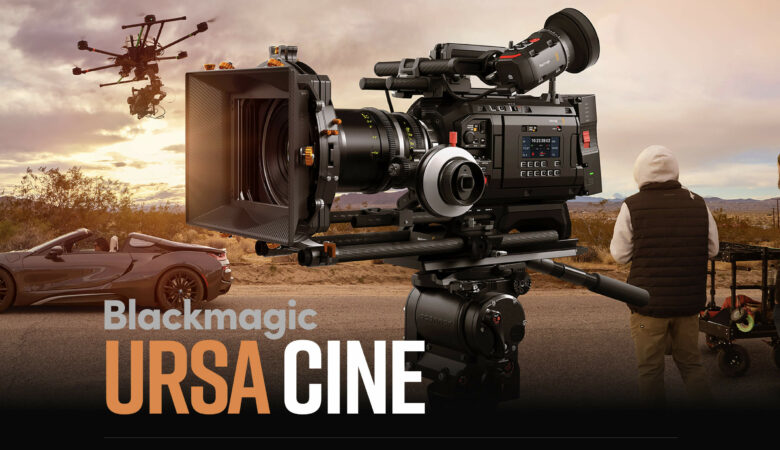
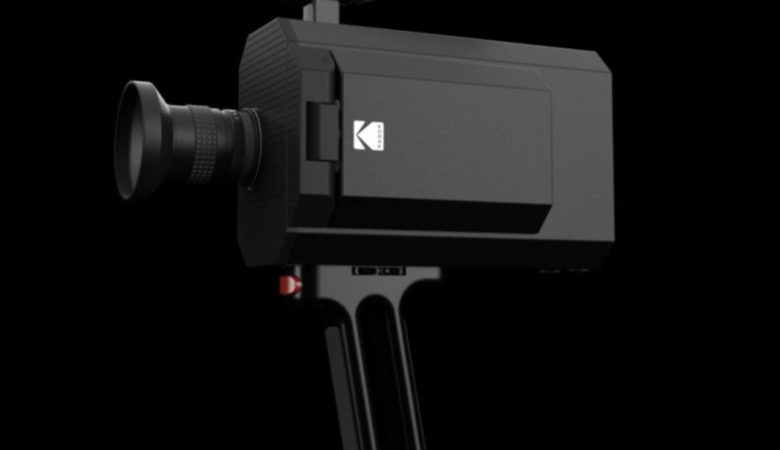
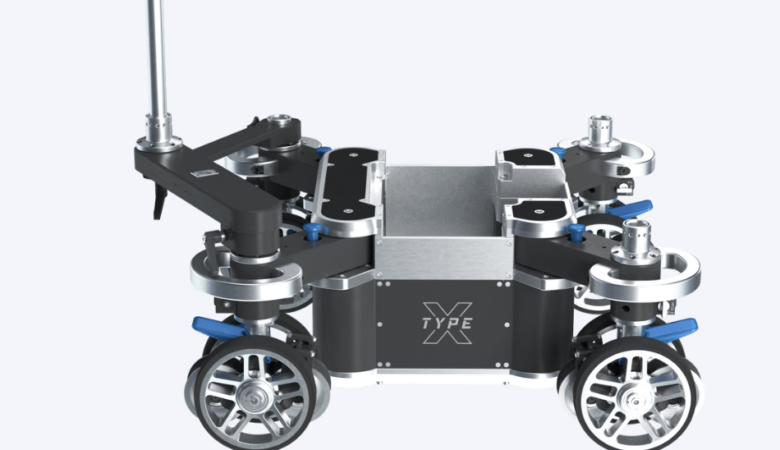
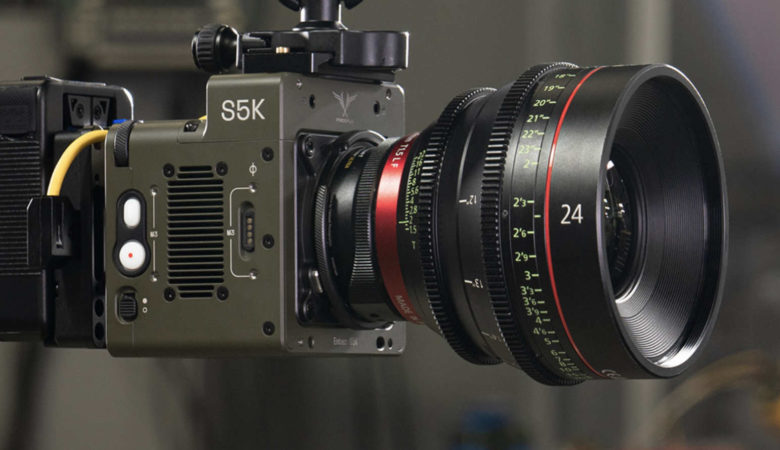



Leave a Reply